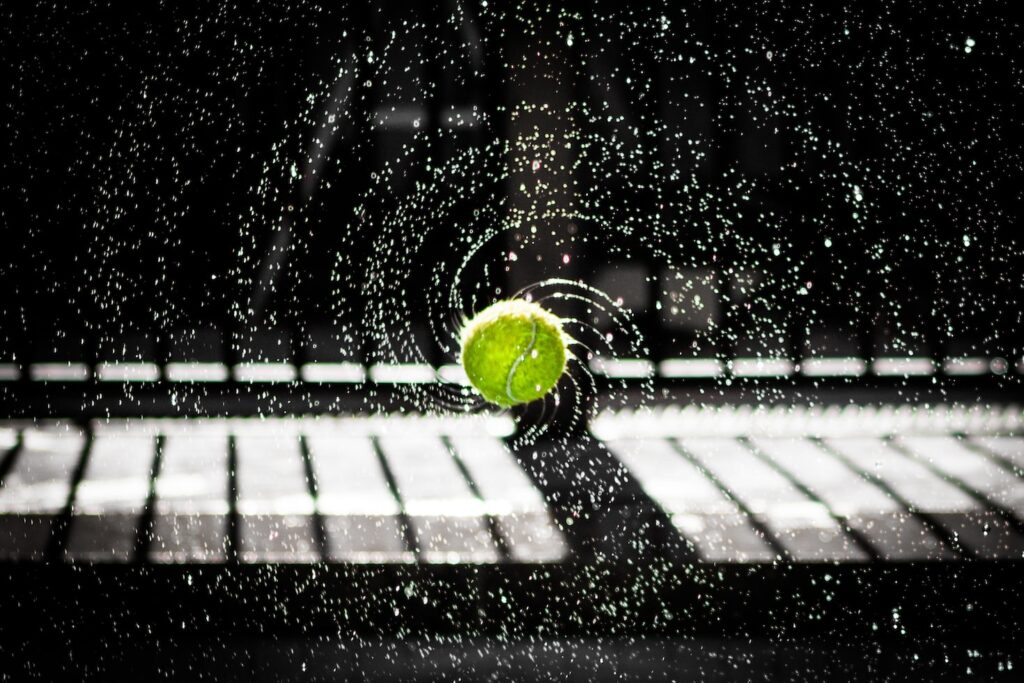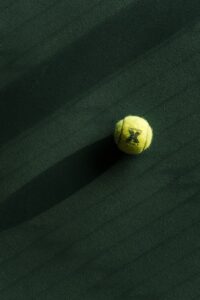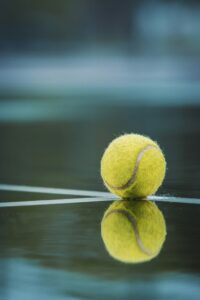Choosing the Best Padel Balls for High Altitude Play
2 min read
Choosing the Best Padel Balls for High Altitude Play
If you’re playing padel at a high altitude, choosing the right balls is crucial. Due to the decreased air pressure, the ball tends to bounce higher, faster, and with less spin. This can make the game feel different and even more challenging, which is why selecting the appropriate padel balls for high altitude play is so important.
In this article, we’ll cover some of the top factors to consider when choosing padel balls for high altitude play.
The Material of the Balls
Padel balls are typically made of three materials: rubber, foam, or felt. Each material offers different benefits and drawbacks.
Rubber balls are the most common type used in padel, due to their durability and bounce consistency. They’re suited for high altitude play because they maintain their bounce even when the air pressure drops. However, they can be heavier and harder to control, especially if you’re playing in colder temperatures.
Foam balls are lighter and softer than rubber balls, and they’re suitable for beginners who are learning how to control their shots. At high altitudes, foam balls may bounce unpredictably, making them a less than ideal choice for competitive play.
Felt balls are typically used in indoor courts, as they maintain consistency in humidity and temperature. They offer a slower bounce, which can be beneficial for beginners or those with slower swings. However, felt balls may not perform as well at high altitudes, as they’re more easily affected by airflow.
The Pressure of the Balls
Regardless of the material, the pressure of the balls is also a significant factor in determining their performance. Most padel balls are pressurized, meaning they have air inside that gives them their bounce and speed.
Pressure plays a critical role in high altitude play because the lower air pressure can cause the balls to lose their bounce and become slower. If you’re playing at a high altitude, you should choose pressurized balls with a higher pressure rating to maintain optimal bounce and speed.
The Color of the Balls
Finally, the color of the balls you choose can affect their visibility and performance. While most padel balls come in standard green/yellow or white, there are other options to choose from.
For high altitude play, yellow balls may be a better choice, as they’re easier to see against the bright sky. High-visibility balls, which are usually brighter, can be a good option as well, especially on overcast days or indoor courts.
Conclusion
When it comes to choosing the best padel balls for high altitude play, consider the material, pressure, and color of the balls. Rubber balls with higher pressure ratings are typically the best choice for most players, but beginners may prefer foam or felt. Ultimately, it’s essential to experiment with different balls to find the one that suits your style of play and personal preference.






